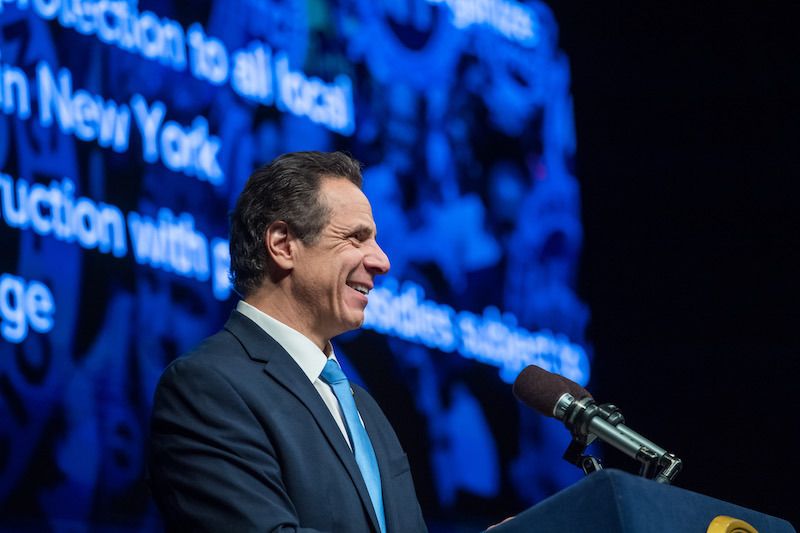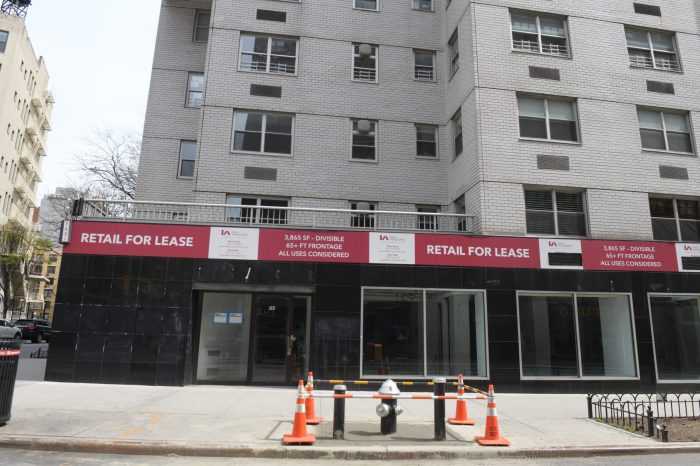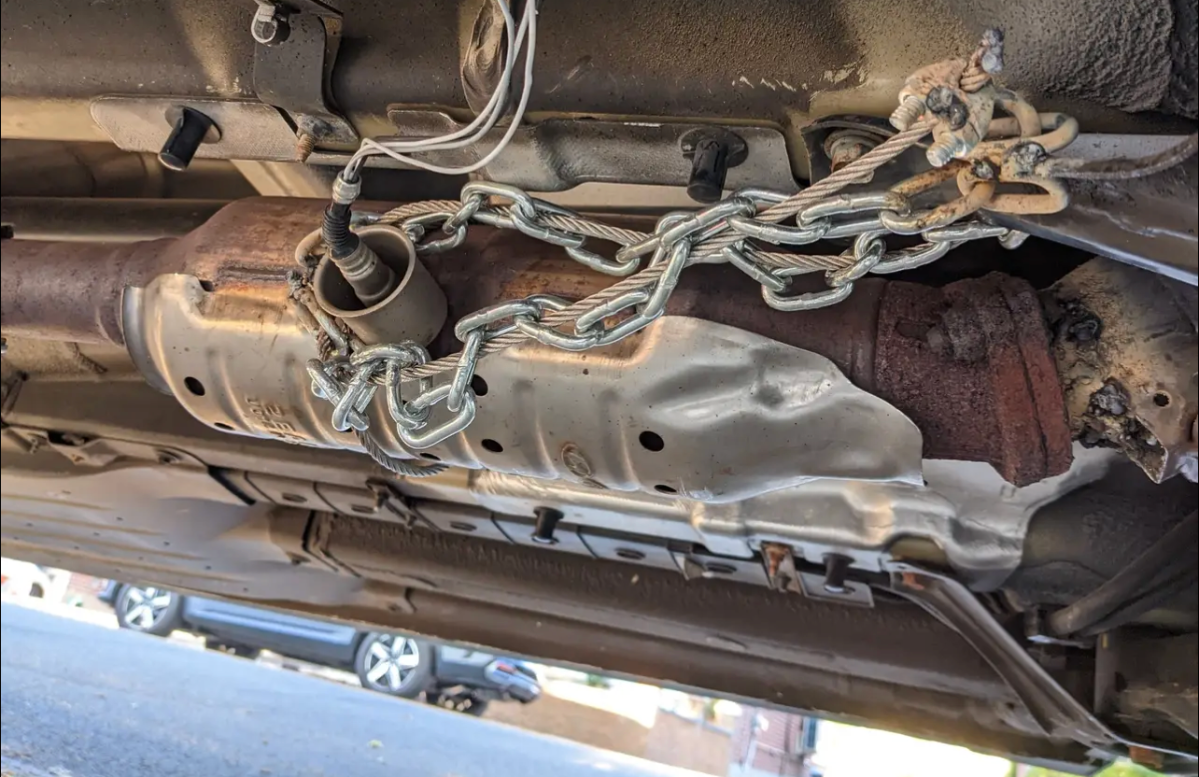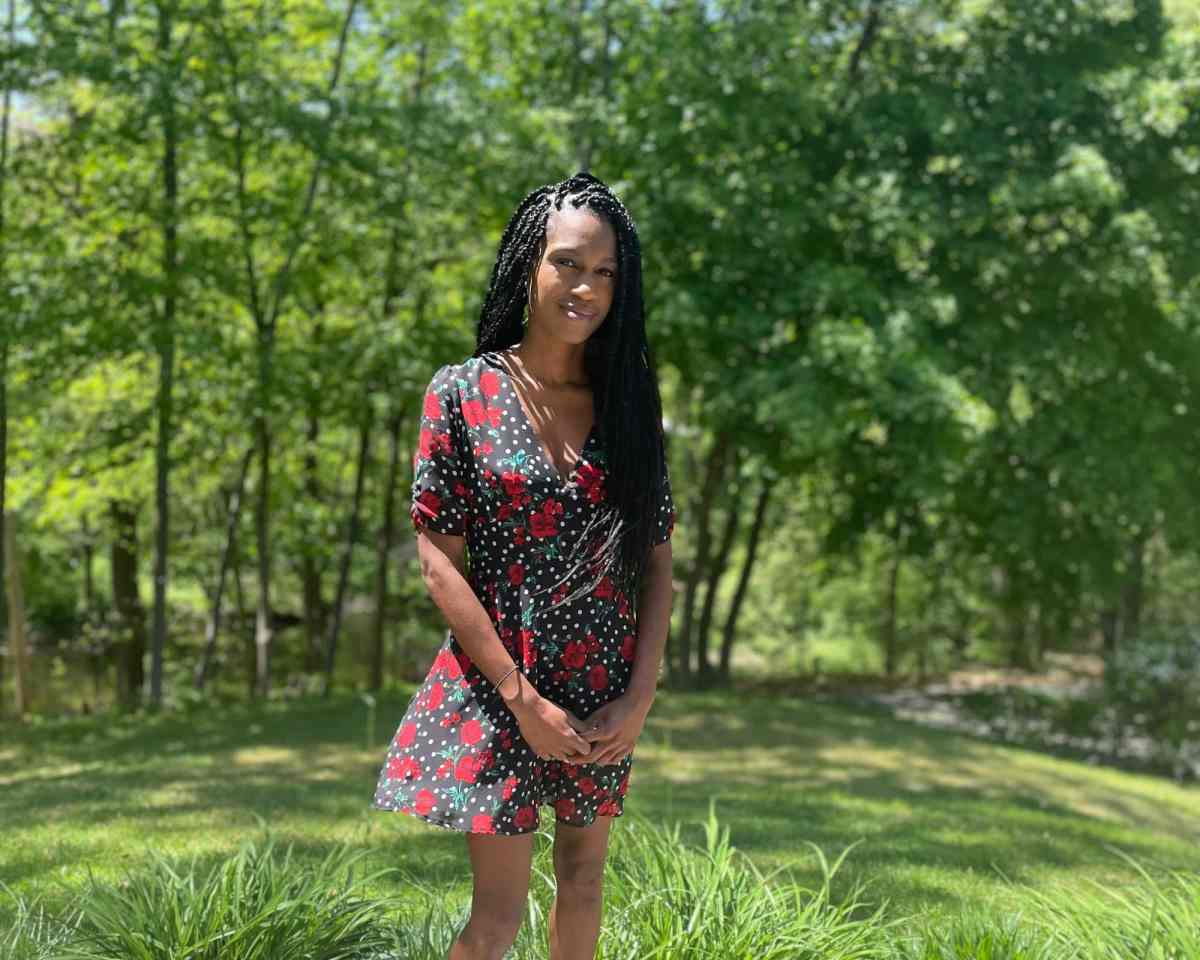
BY SYDNEY PEREIRA | Governor Andrew Cuomo recently announced his version of a “Green New Deal” to tackle climate change and ramp up clean energy.
Under his plan, 100 percent of the state’s electricity would be generated by clean power by 2040. This would be achieved by using a mix of energy sources like solar, wind, nuclear and hydropower.
A new Climate Action Council would develop a plan for carbon neutrality across the entire economy — meaning reducing the carbon footprint across industries and sources of greenhouse gas emissions that are causing climate change.
“We know it’s coming,” Cuomo said in his State of the State address on Jan. 15. “Let the economy be here.”
Cuomo’s “Green New Deal” also includes green technology development, a $1.5 billion investment in offshore wind projects, and a $70 million property-tax compensation fund to help communities transition when old power plants close.
“We want those old plants closed. We want more efficient plants,” Cuomo said. But the state should fund the transition, so “those communities don’t shoulder the burden themselves,” he said.
Cuomo’s announcement comes after years of planning by a coalition of community groups, NY Renews, that have pushed for their own version of a climate action plan. Their plan forms the basis of the current Climate and Community Protection Act, sponsored by state Senator Brad Hoylman and Assemblymember Steve Englebright.
That bill would have mandated the state’s electricity be generated by 50 percent renewable energy by 2030, and that all industries eliminate 100 percent of greenhouse gas emissions by 2050. The community-initiated bill passed three times in the Assembly but has languished in the Senate.
NY Renews welcomed Cuomo’s announcement, but criticized his failure to set a timeline for a transition to clean power economywide.
“For years, the Climate and Community Protection Act has represented a true climate-justice agenda for our state,” NY Renews said in a statement in response to Cuomo’s address. “It is heartening to see progress toward a fossil-fuel-free New York.”
However, the coalition added, a “truly comprehensive plan to tackle climate change needs more specific deadlines, planning processes and accountability for moving our whole economy off of fossil fuels than are currently included.”
“I think it’s important to recognize that the governor’s position has evolved in the past year,” said Peter Iwanowicz of Environmental Advocates. But, he added, Cuomo’s push for carbon neutrality — which would require buying “carbon offsets” for some carbon emissions — “never really works for the benefit of frontline communities.”
Activists stress that the C.C.P.A. legislation is focused on environmental justice — including requiring 40 percent of state funds for renewable-energy projects go toward low-income communities and communities of color, and establishing a Climate Justice Working Group.
A Cuomo spokesperson emphasized the governor’s plan has clear overlaps, such as establishing an environmental justice working group, prevailing wages and ambitious clean-energy goals.
However, the Business Council of New York State, for one, has been opposed to Hoylman’s bill.
“Economically, it’s not a good idea,” Darren Suarez, a director of government affairs with the Business Council focusing on energy and the environment, said of the C.C.P.A. “The drive to absolute zero is a fundamental concern of ours. … You export your economy and you export your emissions”
On Cuomo’s plan, Suarez said, costs are also a critical concern, noting he looks forward to seeing early bids for the offshore wind expansion.
Regarding Cuomo’s Climate Action Council, Suarez said, “A council could have real value, but it needs to have diverse membership,” including representatives from the industries, he stressed.
Hoylman’s spokesperson said the senator is still evaluating the details of Cuomo’s plan.
“He looks forward to working with his colleagues in the Democratic conference on strong climate legislation this upcoming session,” she said.
In a December interview, Hoylman said, “I’d like to think Washington is riding some of Albany’s waves [with the ‘Green New Deal’]. We’ve been blocked by Senate Republicans who denied the existence of human-induced climate change for years.”
Environmental justice is a critical component for Hoylman.
“The people who are suffering aren’t living on Park Ave. and making big donations to candidates for state and federal office,” he said. “Many of the people who are suffering are chronically underemployed, poorly trained and live in areas like the New York City Housing Authority developments in my district that were besieged by Superstorm Sandy.”
Governor Cuomo’s full proposal for a “Green New Deal” can be read here, on Pages 312 to 329.


















